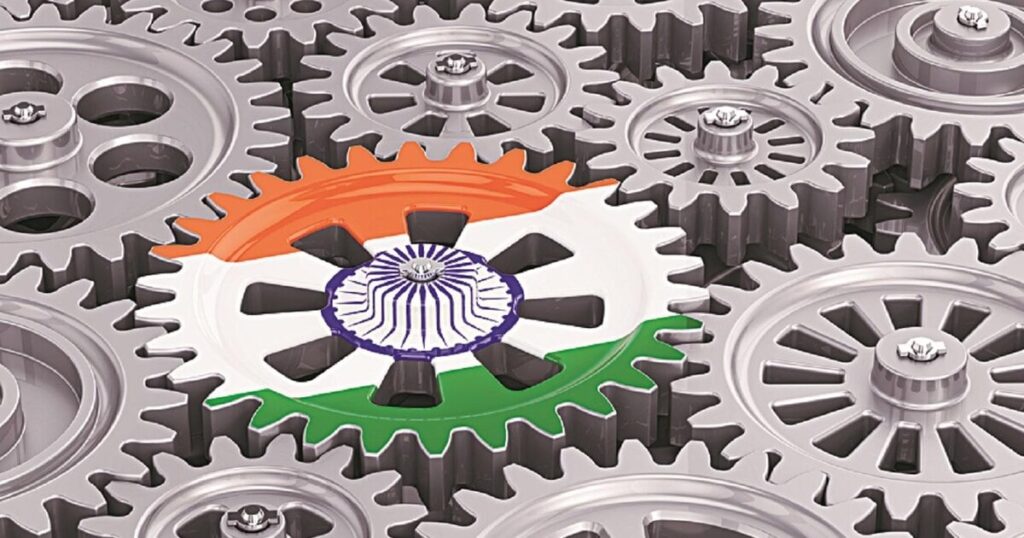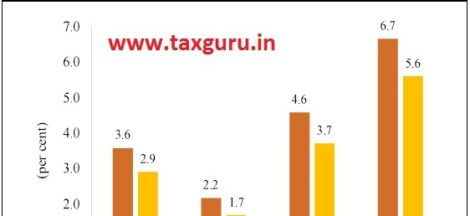MUMBAI: The Indian economy is on a recovery path in the second half of the current financial year (H2FY25), with increasing probability that the reduction in policy repo rate during the February monetary policy review will boost domestic demand, the Reserve Bank of India’s (RBI’s) monthly State of the Economy report said.
Noting that headline retail inflation has fallen to a five-month low in January due to easing food prices, the report said robust kharif production and better rabi sowing, coupled with higher reservoir levels and seasonal winter correction in vegetable prices, augur well for food inflation going forward.
“While core inflation remains muted, uncertainty in global financial markets, volatility in energy prices, and adverse weather events present upside risks to the inflation trajectory,” the report authored by RBI staffers said. The views expressed in the report are not of the central bank, it was clarified.
“The Indian economy is poised to sustain its position as the fastest-growing major economy during 2025-26 as per the estimates of major multilateral agencies. High-frequency indicators show that the economy is on a path of recovery during H2FY25 from the loss of momentum witnessed in H1,” the report said.
Commenting that economic momentum is poised to be sustained, the report said strong rural demand is expected to receive a further fillip from the robust performance of the agriculture sector.
“Urban demand is also poised for a recovery, tracking decline in inflation as well as a boost to disposable incomes from the sizeable income tax relief announced in the Union Budget 2025-26,” it said.
The report said that the Union Budget measures to fuel four engines of growth — agriculture, MSMEs, investment, and exports — are expected to boost medium-term growth prospects of the Indian economy.
It said the Union Budget prudently balances fiscal consolidation and growth objectives by continued focus on capex alongside measures to support consumption while providing a clear road map for debt consolidation.
The slowdown in the economic growth during Q2FY25 prompted several voices in the government to demand reduction in the interest rates.
The six-member Monetary Policy Committee (MPC) of the RBI, which met in early February, reduced the repo rate, for the first time in almost five years, by 25 basis points (bps) to 6.25 per cent.
“Domestic demand is also expected to benefit from the repo rate cut by the MPC in its meeting on February 7, 2025,” the report said.
It pointed out that flows from foreign portfolio investors (FPIs) into the debt segment are showing signs of revival, with net inflows of $1.7 billion, the highest since October 2024.
On January 31, 2025, the Bloomberg Index Services included Indian government bonds in Bloomberg Emerging Market (EM) Local Currency index, inducing more than $1.0 billion inflow into the debt segment.
“During 2024-25 (April-January), debt inflows in India remained strong as compared to peer economies, cushioning the effect of equity selloffs. In February 2025 (up to February 13), the outpour continued with net FPI outflows amounting to $2.7 billion,” the report said.
In January, the RBI intervened in the government securities market, acquiring ₹39,000 crore worth of bonds in the secondary market. In addition, the central bank purchased ₹20,000 crore worth of government securities through an open market operation (OMO) auction on January 30. Furthermore, the RBI also conducted screen-based OMOs, buying ₹58,875 crore worth of securities during the month.
These interventions were part of the RBI’s efforts to inject durable liquidity into the banking system, said market participants. Additionally, domestic government bond yield remained steady during the month despite volatile US Treasury yields. The yield on the benchmark 10-year government bond softened by 6 bps in January.
“They injected liquidity and also protected yield with this purchase,” said the treasury head at a state-owned bank. “Even after the FOMC (Federal Open Market Committee) meeting, our yield was stable because the RBI bought heavily,” the person added.
Source: Business Standard




 Donald Trump’s Funding Freeze Is Wreaking Havoc On Climate Science
Donald Trump’s Funding Freeze Is Wreaking Havoc On Climate Science 